Last week I was in a residence with dancers and musicians, and one of our warm-ups was a collection of proposition by many of us. There I made us sit on the floor, and get up, and sit on the floor, and get up again, for about a minute. Even some of my dancing colleagues were surprised how work-out-esque that felt! Let’s talk, then, about sitting down and getting up as a conditioning tool!
Let’s start rather easy with chairs. The first thing to notice is that many people (including myself before I noticed it) tend to “fall” onto a chair when sitting down, and launch themselves from it, using momentum more than strength. This might get problematic when sitting down if the chair is lower than expected (toilet with the seat up, anyone?), or maybe less stable. When getting up, it might pose issues if the floor is slippery, but it’s less problematic in itself. However, it’s still an indicator of lack of mobility and/or strength, which can lead to lack of balance and ultimately falls; and it can be used to fix those problems. (With the advantage that you’re probably already doing it many times a day; so no need to set time apart for training!)
Here follow a few tips to use your sitting down and getting back up as a conditioning tool. Start with relatively high seats (e.g. dining chairs), and progress to any seating implement, including the softest, lowest sofas. We’re aiming for a smooth movement, without any acceleration, and for the ability to sit down and get up while holding something in one’s hands. Start by working towards smoothness while eventually supporting yourself with your hands, then gradually diminish hand usage. From a chair, put both feet on the floor, one of them flat and one of them as far back as you can while still offering a stable support. Sit on your ischial tuberosities (sit-bones), and slide your rib-case forward as far as you can. Start pressing on the floor with your feet, and notice where your weight is. If needed, tilt your torso forward to put your centre of balance between your feet (this step is for the transition time; in the end you want your torso to stay upright). At this point you should be able to slowly push yourself up. If you don’t have the leg strength yet, use your arms as needed (as little as possible, so that the work strengthens your legs).
Reverse the steps as you sit down, smoothly lowering yourself from standing to the position you had just before you stopped touching the seat, and slowly give your weight to the chair again. As time and your strength and mobility progress, remove the aids of the arms, of the tilting torso, and lastly of the foot under the chair. It’s possible to get up with your feet placed so that your hips, knees and ankles are at 90°.
The next level is now to go to the floor. Again, we will go for smoothness as a first objective, and as a second one, not using one’s arms. To help towards both sufficient mobility and getting strong in the “right” places, imagine that your joints are doing the work; especially your hips, and if you’re using your arms, the shoulders. There are many ways to sit on the floor, and hence many ways get down to, and up from, such a position. Don’t hesitate to transition through a kneeling position to help getting up or down. Here are a few examples.
The idea for this exercise was inspired by MovNat, the variety of floor sitting positions by Nutritious Movement (in particular Move Your DNA), and the technique from the Franklin Method and DanceMode.
I hope you’ll go on and sit and get up smoothly in the future, and enjoy powerful legs!
Continue reading: Stop Knee Pain With Hip Strength, 5 Daily Opportunities To Perfect Your Posture.
Want more like this?
Check out the following blogs from massage therapists I know from around London:- On The Run Health and Fitness on running, nutrition and sports massage.
- The Soma Room on sports massage and exercise.
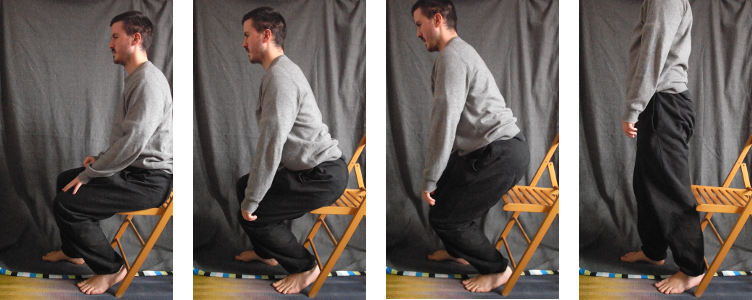


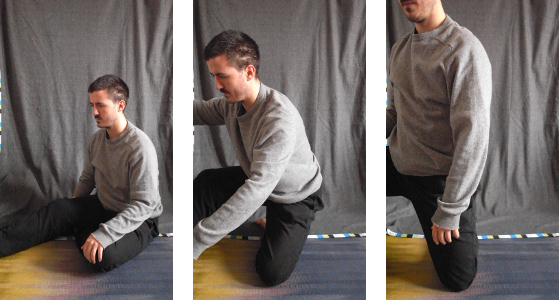
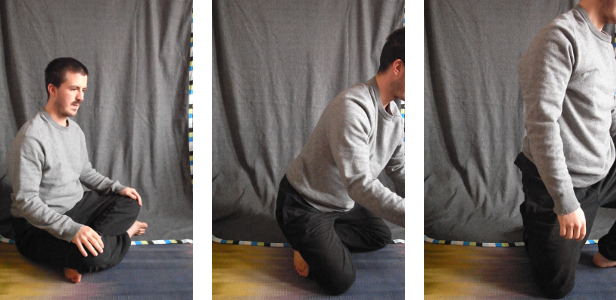
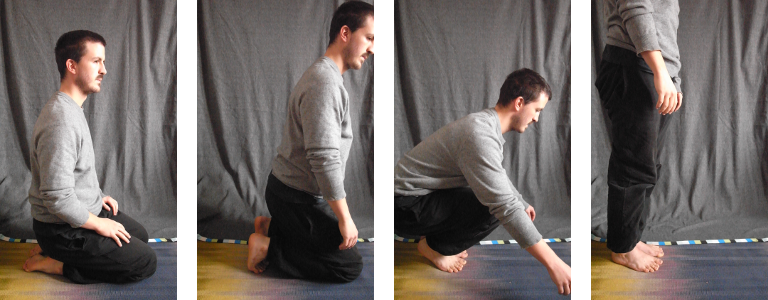
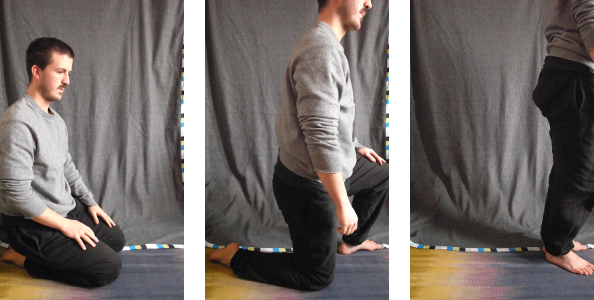

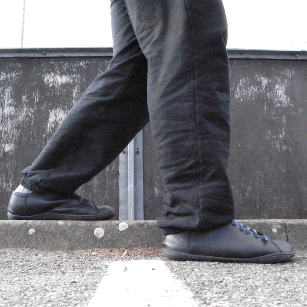
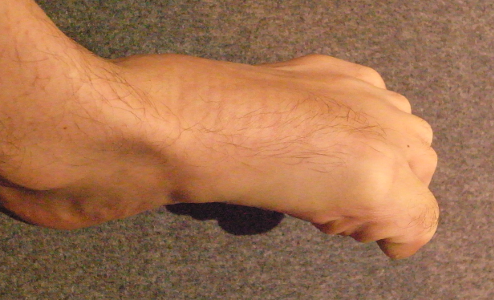
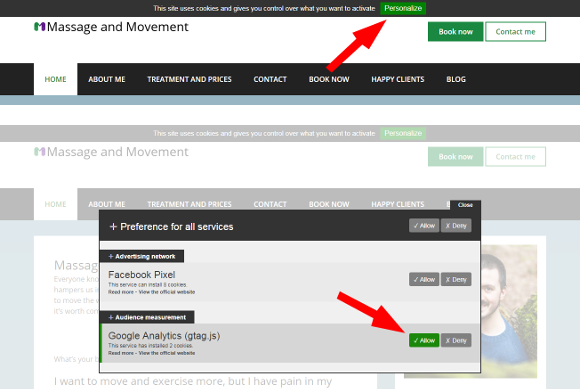
Thanks for posting.